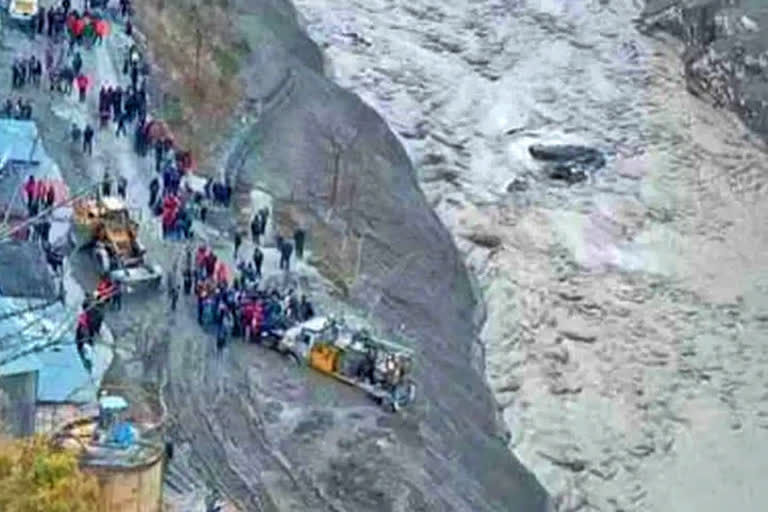Dehradun: The subsidence of land in Uttarakhand's Joshimath town has brought back the horrors of similar disasters in the past. Hundreds of of houses have developed cracks due to the landslide in Joshimath with the administration evacuating the affected families to safer locations. But this is not the first time that Joshimath has faced such a disaster.
As per historians, the history of Joshimath region is fraught with disasters. Perhaps this is the reason that the geography of the region built on the debris of past disasters is very vulnerable to landslides. Not only Joshimath, the entire range of the Himalayas is considered to be in its infancy as per experts.
In other words, the region is undergoing many structural changes before it reaches stability. Besides natural changes, mega construction works are making these changes happening in the Himalayas more dangerous, experts say. Joshimath is the biggest example of this at present. Historians say that about 1000 years ago, Joshimath had faced similar natural calamities.
Also read: Disaster-in-waiting: Joshimath demolition to resume today despite protests read:
It is believed that the Katyuri king Kachal Dev had to leave Joshimath due to a similar disaster during the Katyuri dynasty. Then Joshimath was known as Kirtipur. The Katyuri king then shifted the capital Bageshwar due to natural calamity. Historians say that the Katyuri dynasty lived from the fourth century to the ninth century.
In recent past, in 1884 and 1970 also a major disaster was witnessed near Joshimath . Due to flood in Birhi Gad in the year 1884, there was a huge loss of life and property. In 1970, a lake was formed due to the breaking of Gaunatal, 20 km from Joshimath, which also led to a colossal damage. In 1939, mountaineers Heim and Gansser wrote about the region being in Main Central Thrust area and the debris of the past landslides.
Because of this, during the collision of the Indian and Tibetan plates, there remains a state of great instability here. Even in 1996, the committee of Garhwal Commissioner MC Mishra had also described the area as sensitive.



